by Ashley Carter
Share
A Laboratory Information Management System (LIMS) is a key software solution aimed at enhancing laboratory workflows and optimizing the capture and management of test results. Different providers may vary the specific features of a LIMS, but most platforms share the same fundamental functionalities. This article will highlight some of the most common features of LIMS solutions.
Efficient Work Tracking and Management
In today’s fast-paced laboratory environments, keeping track of numerous orders, samples, and tests can be a daunting task. This is where a Laboratory Information Management System (LIMS) steps in to streamline the process. With a LIMS, laboratories can efficiently manage and track the progress of work throughout the entire workflow. From sample collection to test assignment and result reporting, a LIMS provides a centralized platform for organizing and monitoring laboratory activities. This not only ensures traceability and accountability but also enhances overall productivity by reducing manual errors and streamlining workflow processes.
Streamlined Data Entry and Result Management
Accurate and reliable data entry is essential for maintaining the integrity of laboratory data. Traditional manual data entry methods are not only time-consuming but also prone to errors. A LIMS addresses this challenge by offering intuitive interfaces for data entry and the option for automated data capture through instrument interfacing. By minimizing manual input and automating data entry tasks, laboratories can significantly improve data accuracy and reduce the risk of transcription errors. This not only saves time but also ensures that the data generated is of the highest quality, thus enhancing the reliability of test results.
Comprehensive Reporting and Data Analysis
Once testing procedures are complete, laboratories need to compile and analyze the data generated to derive meaningful insights. This is where the reporting and data analysis capabilities of a LIMS come into play. A LIMS consolidates all test data associated with samples or orders, allowing laboratories to generate comprehensive reports or export data for further analysis. Whether it’s generating trend reports, performing statistical analysis, monitoring quality control parameters, or creating final test reports to be sent to customers, a LIMS provides the tools needed to make informed decisions and ensure compliance with regulatory requirements. By leveraging these capabilities, laboratories can gain valuable insights from their data, improve decision-making processes, and streamline communication.
Advanced LIMS Functionalities for Diverse Needs
In addition to the core functionalities, many LIMS platforms offer advanced features tailored to meet the diverse needs of laboratories:
- Specification management and application to tests
- Instrument and calibration tracking for quality control
- Interactive dashboards for real-time workflow monitoring and performance metrics
- Statistical process control (SPC) calculations and control charting
- Barcode integration for streamlined sample and data management
- Test scheduling functionalities for optimized laboratory throughput
These advanced features not only enhance operational efficiency but also enable laboratories to customize their workflows to suit their specific requirements. Whether it’s ensuring compliance with industry standards, improving process efficiency, or enhancing data management capabilities, a LIMS provides the flexibility and scalability needed to meet the evolving needs of modern laboratories.
Summary
A Laboratory Information Management System is not just a tool; it’s a catalyst for operational excellence in the laboratory. By leveraging the capabilities of a LIMS, laboratories can optimize their workflows, enhance data accuracy, and improve overall efficiency. Whether it’s tracking work progress, managing test results, or analyzing data, a LIMS empowers laboratories to streamline their operations and achieve better outcomes. Ready to experience the benefits firsthand? Schedule a no-obligation demo with Wavefront Software today and discover how our LIMS solution can revolutionize your laboratory operations.
STAY IN THE LOOP
Subscribe to our Free Content
Learning about LIMS is a monthly article series where Wavefront shares questions that have come up throughout our interactions with a range of individuals and customers. We do our best to provide information about each topic to help people learn more about LIMS.
Sign up here to be added to our mailing list and receive these articles directly in your inbox.
In today's rapidly evolving laboratory environment, effective data management has become increasingly crucial for maintaining operational excellence and competitive advantage. Modern laboratories generate an unprecedented variety of data types, each requiring specific handling protocols and storage considerations. A robust Laboratory Information Management System (LIMS) serves as the cornerstone of efficient laboratory operations, providing comprehensive solutions for data complexity, regulatory compliance, and long-term data integrity while ensuring seamless workflow integration.
Laboratory staffing shortages have become a critical challenge across industries. Learn how LIMS features and automation helps laboratories maintain high standards and increase efficiency, even with reduced personnel. Wavefront LIMS provides comprehensive solutions for workflow automation, knowledge transfer, and staff development - enabling your laboratory to thrive despite staffing constraints.
In an era of increasing complexity and rising performance expectations, laboratories must do more with less. Discover how a Laboratory Information Management System (LIMS) can transform operational challenges into competitive advantages, turning your lab from a cost center into a strategic asset.
In an increasingly competitive and regulated laboratory environment, implementing a robust Sample Management Software solution is essential for driving operational excellence. A comprehensive Laboratory Information Management System (LIMS) streamlines sample tracking, enhances data integrity, facilitates compliance adherence, and unlocks powerful analytics for continuous improvement. Discover how to harness the transformative potential of LIMS to position your laboratory for long-term success.





